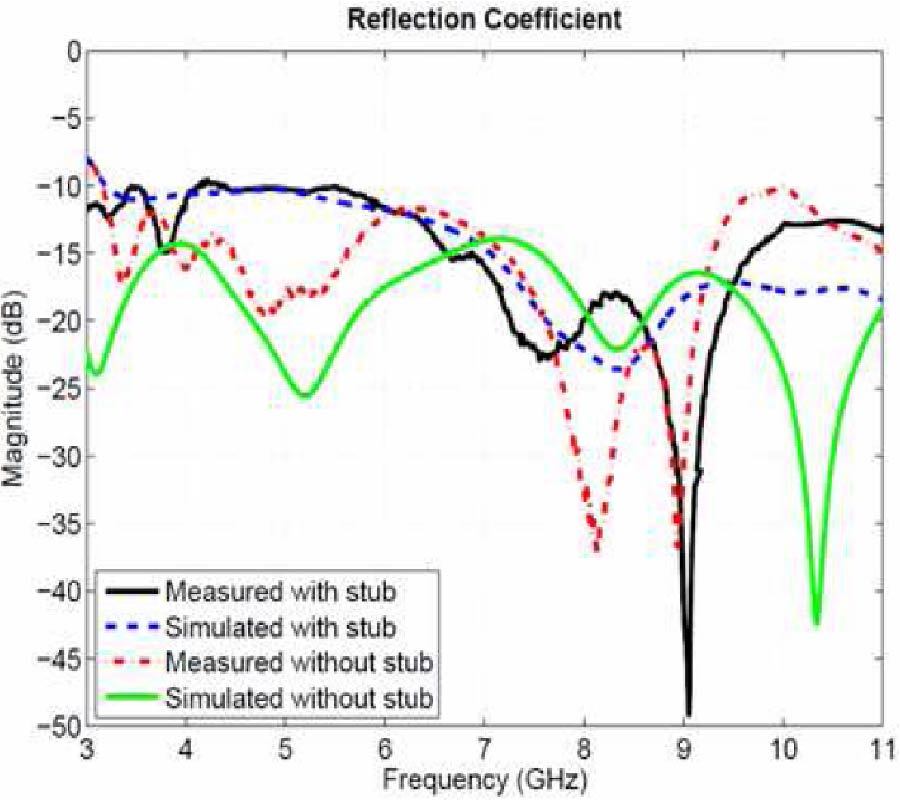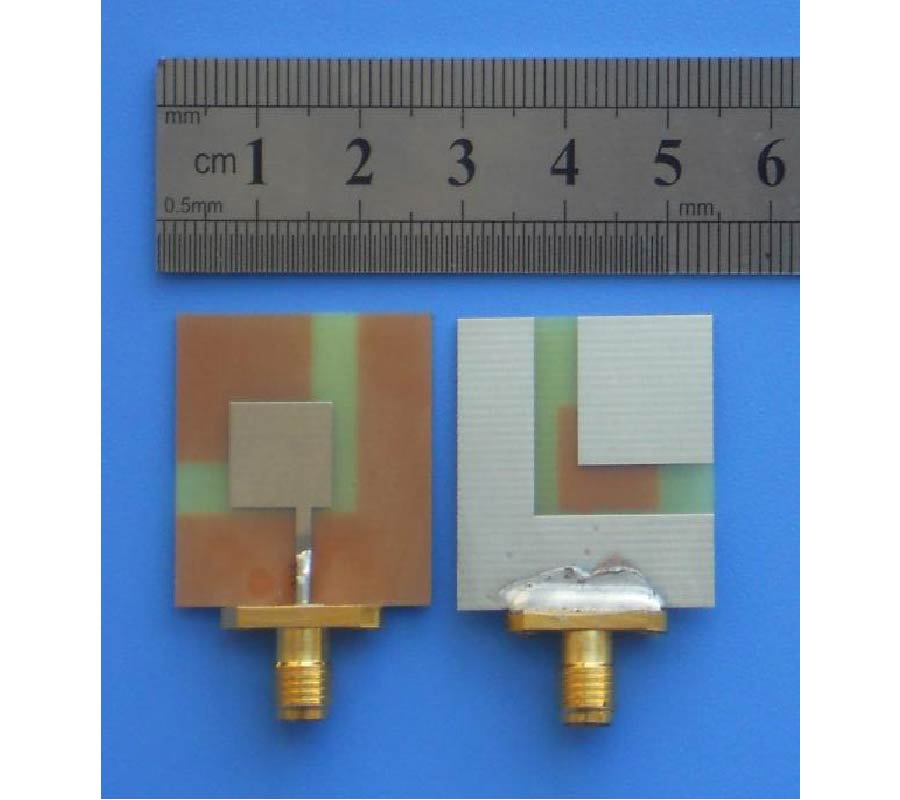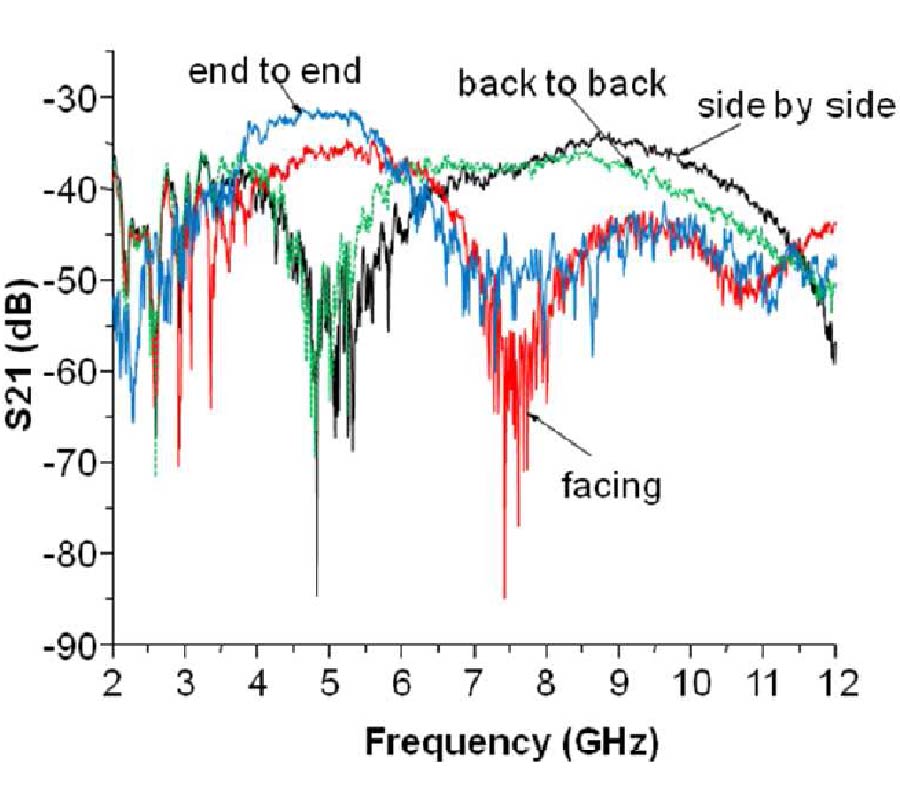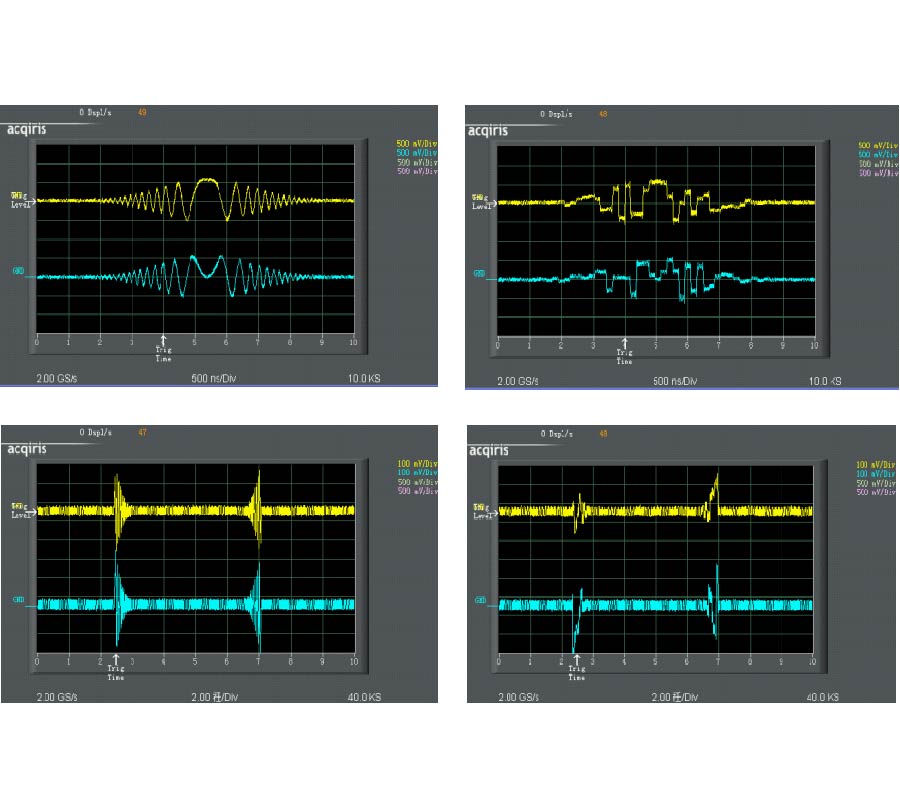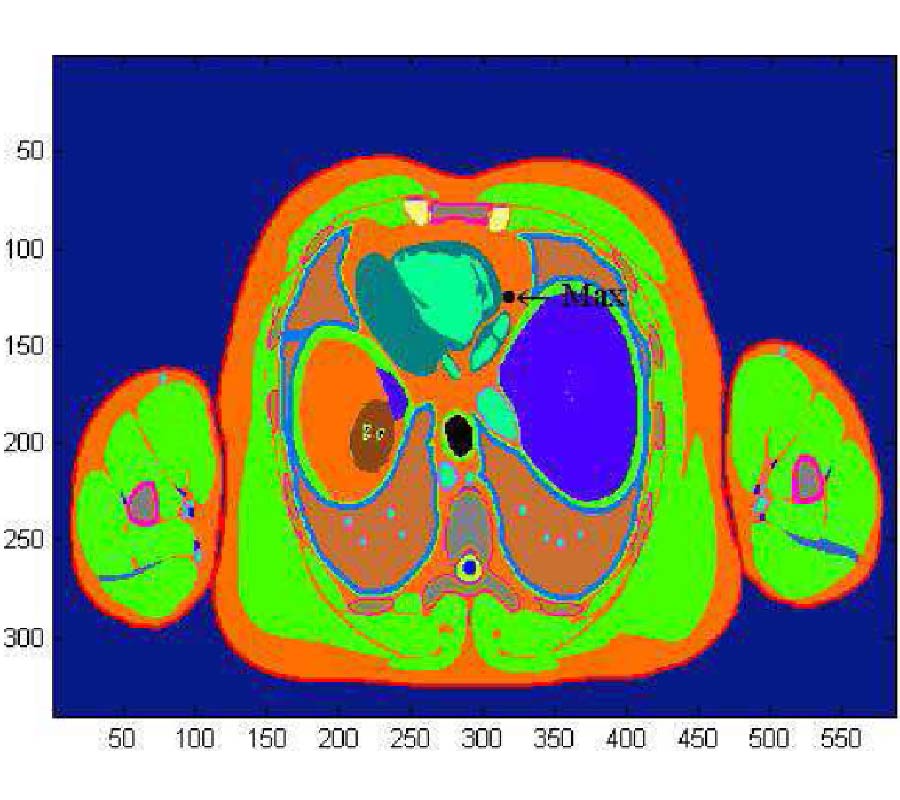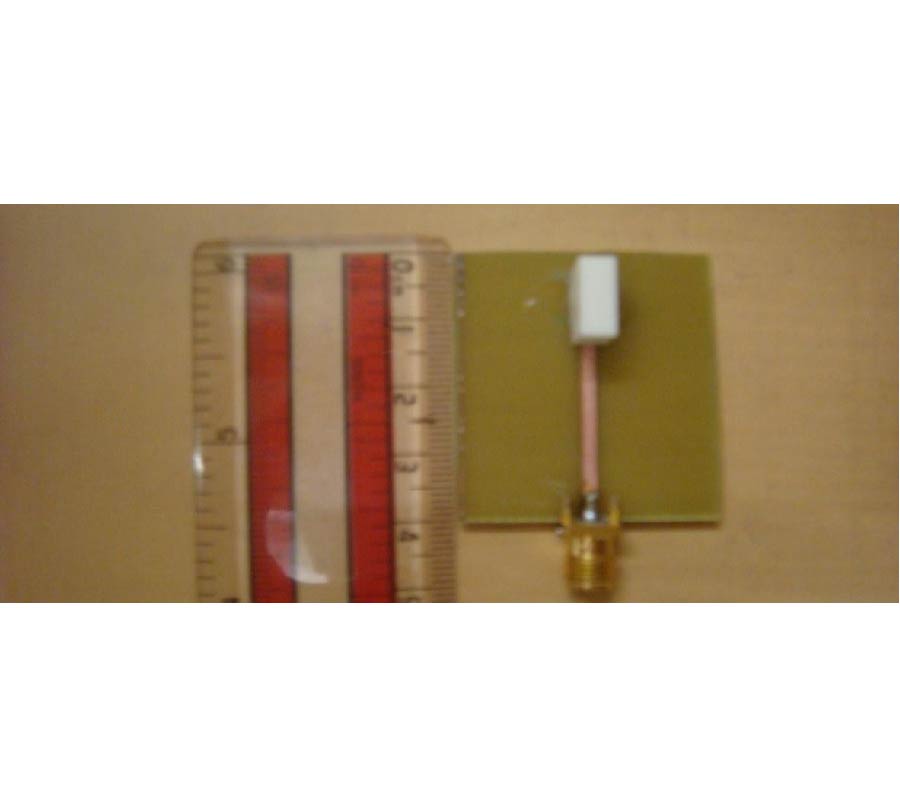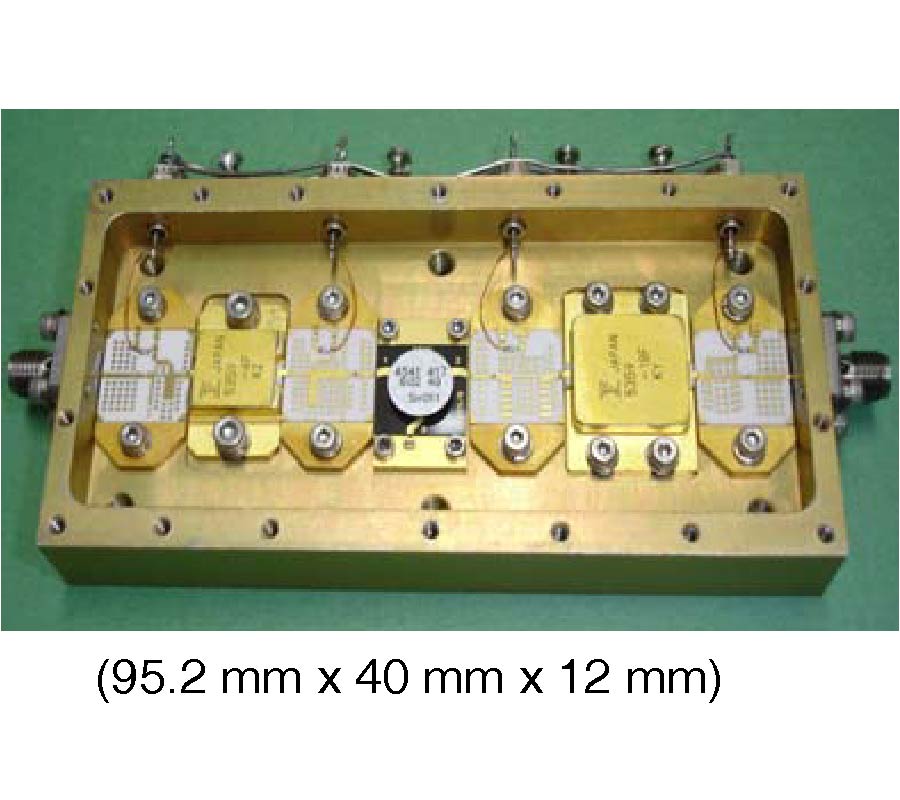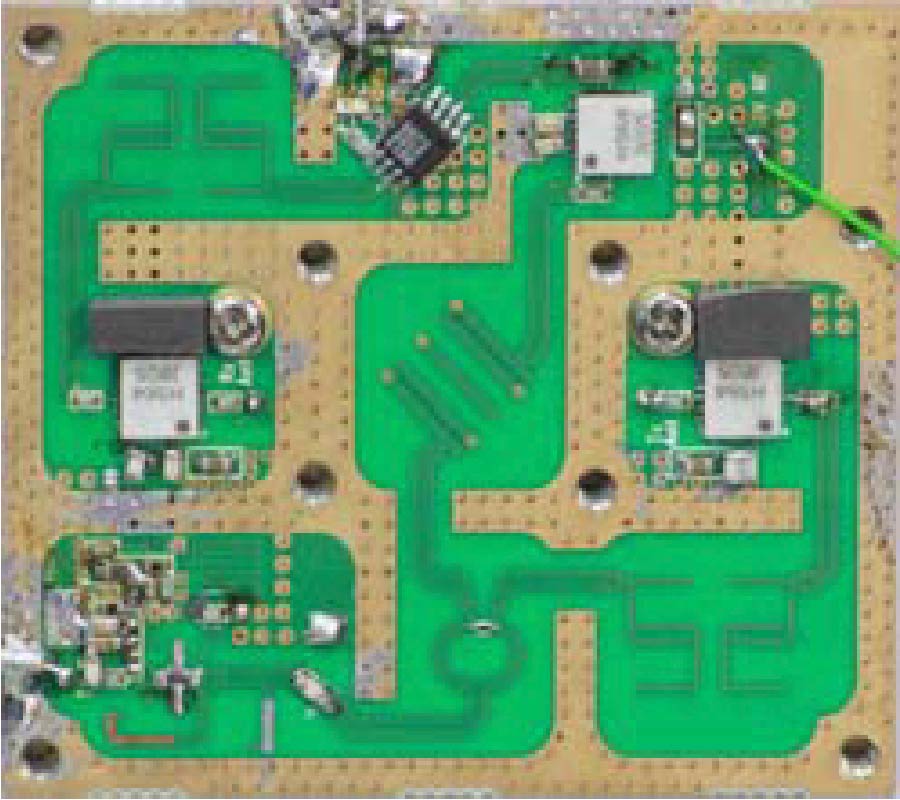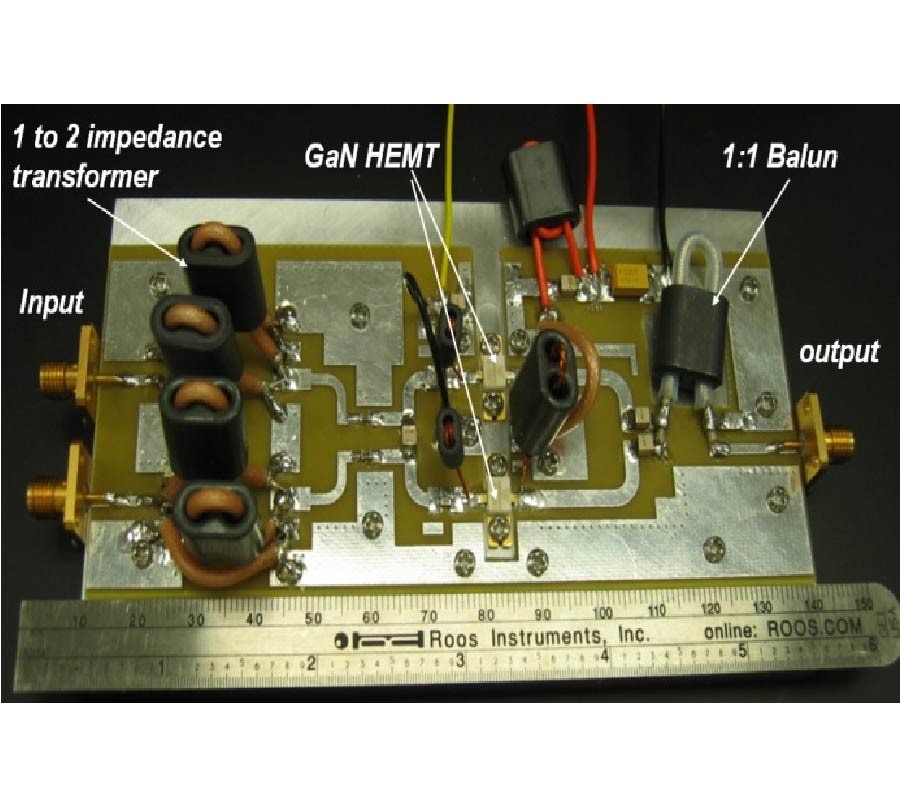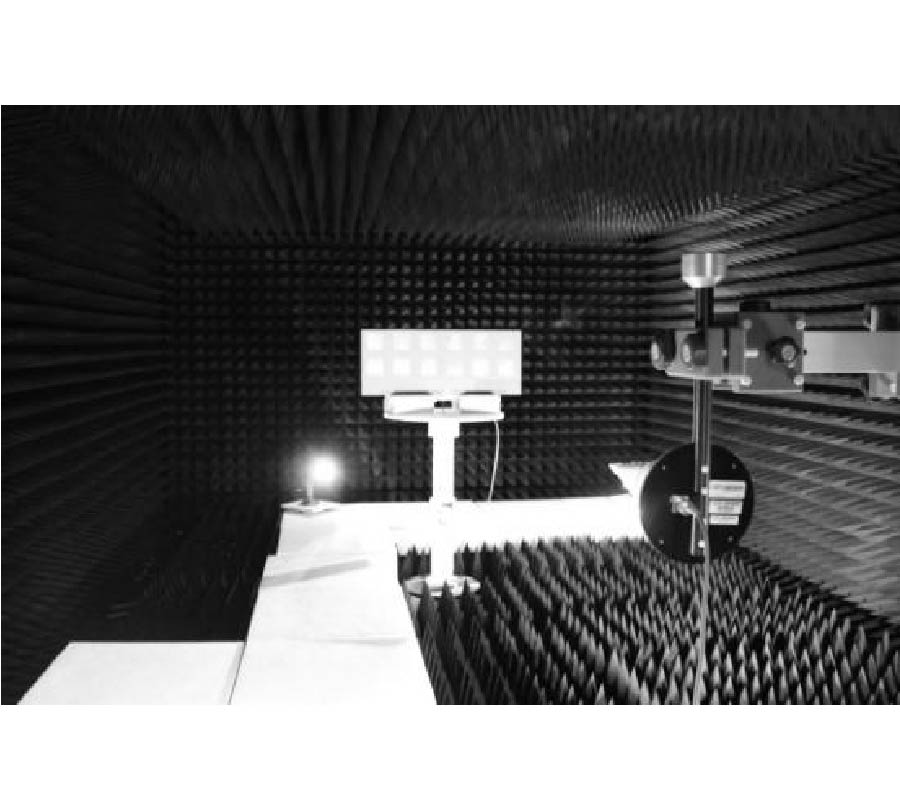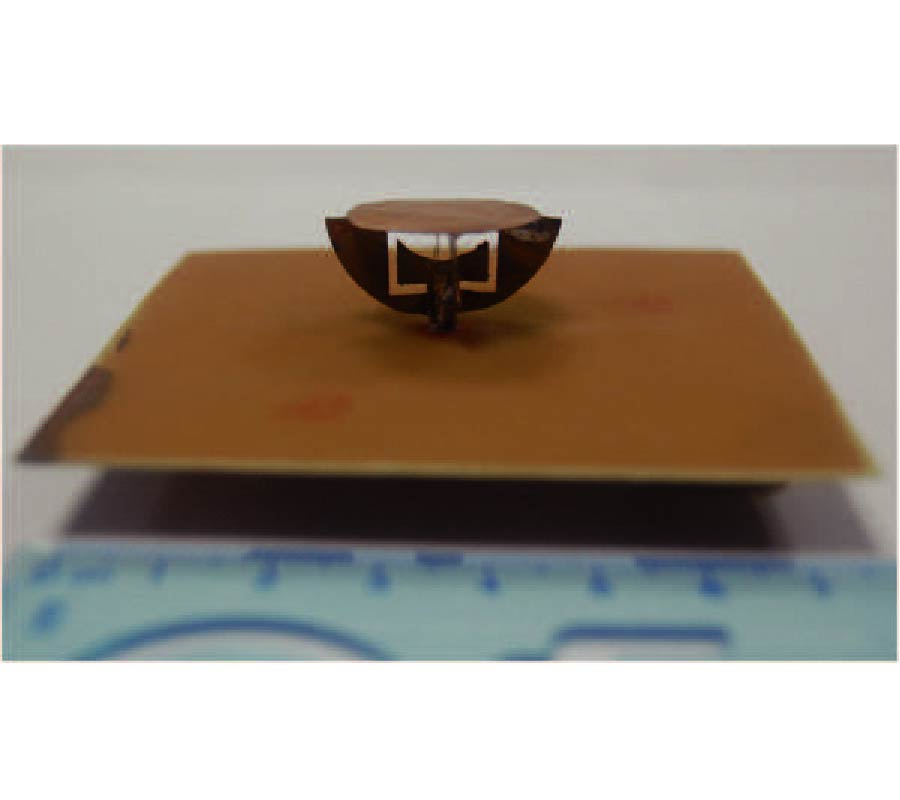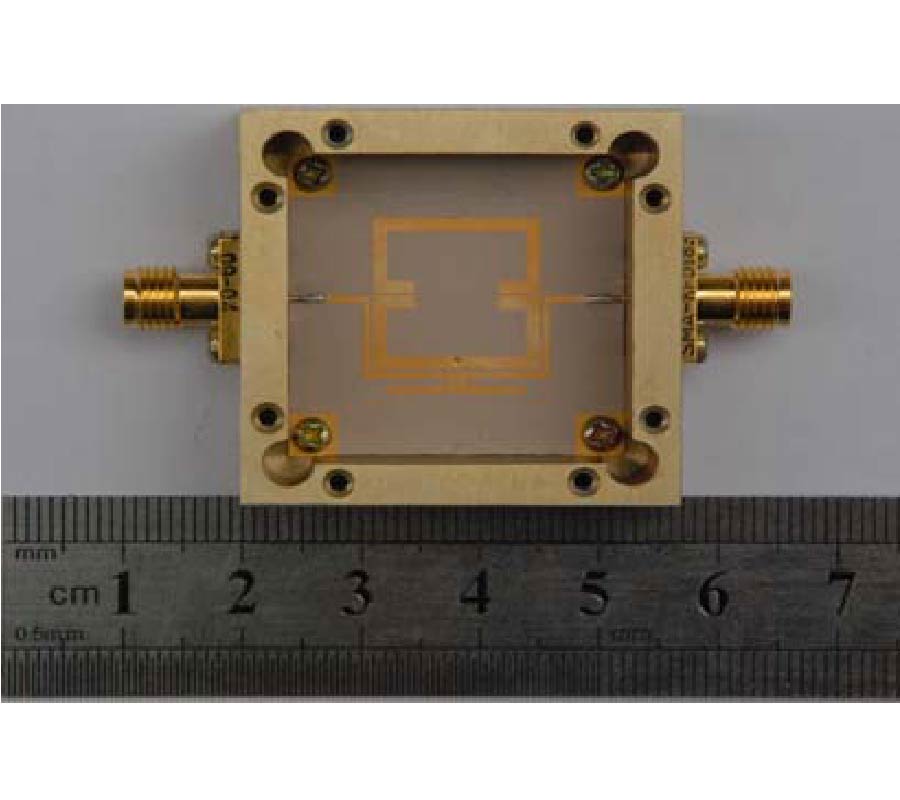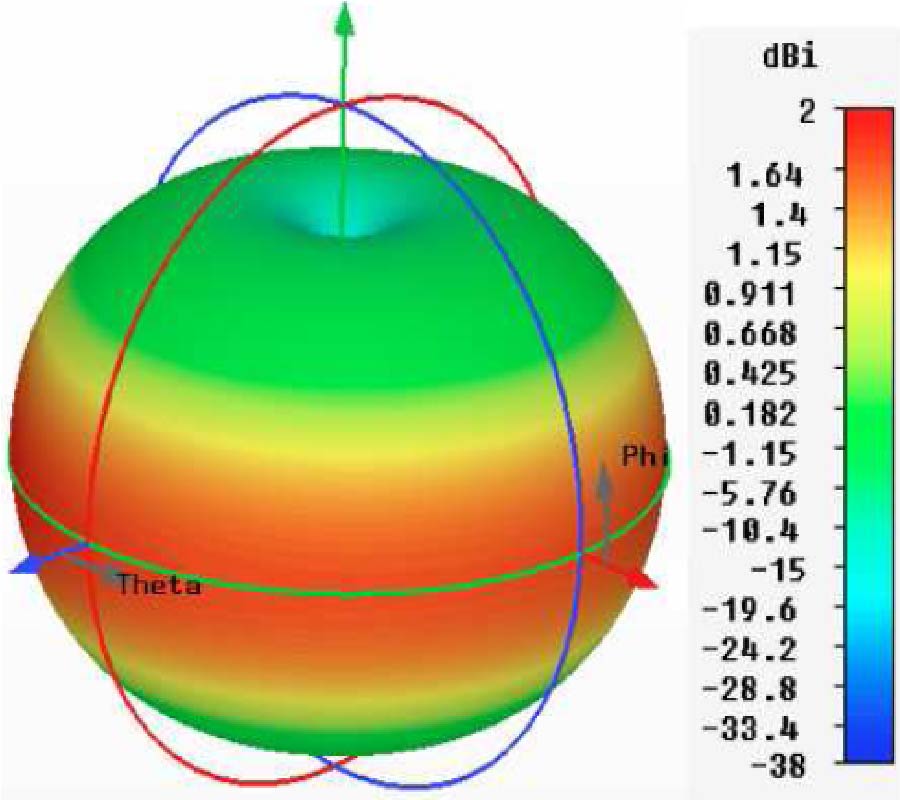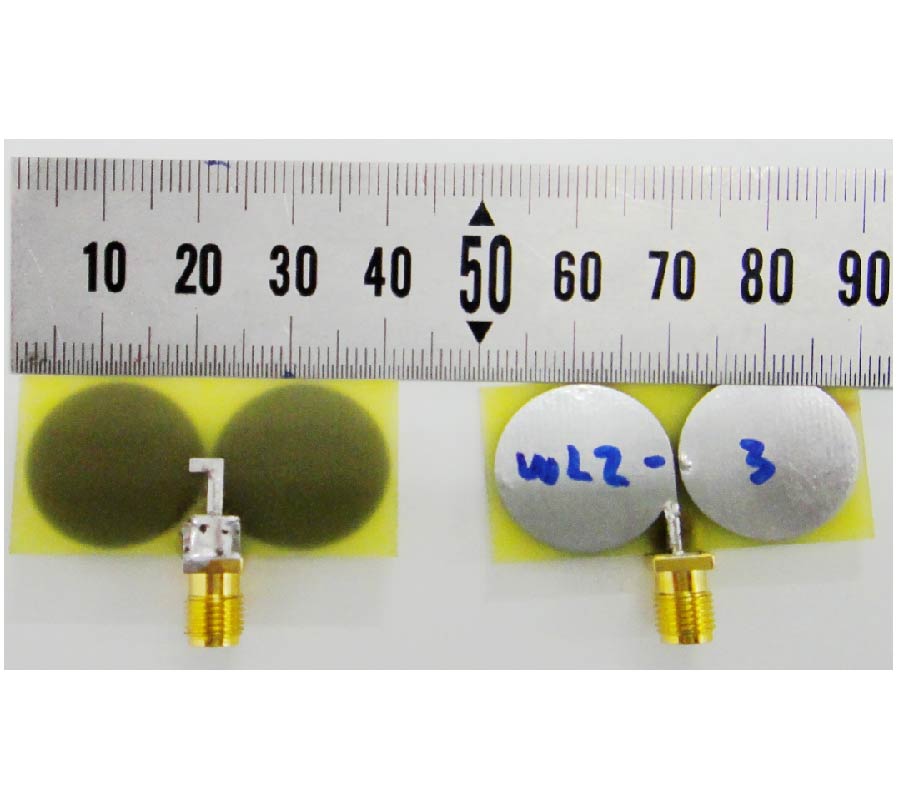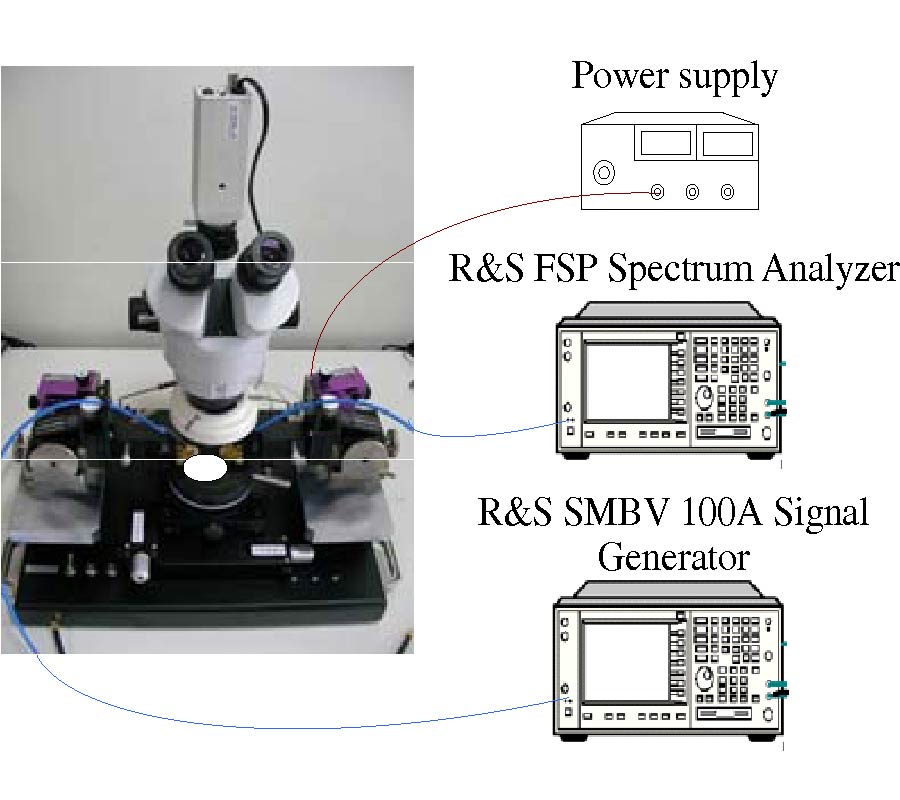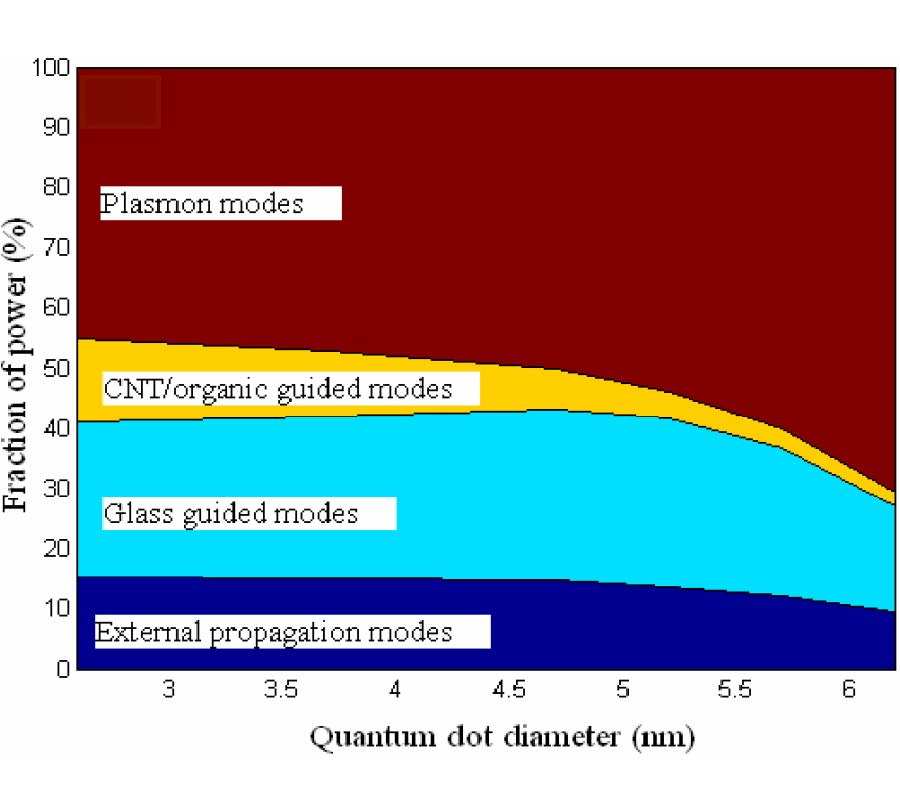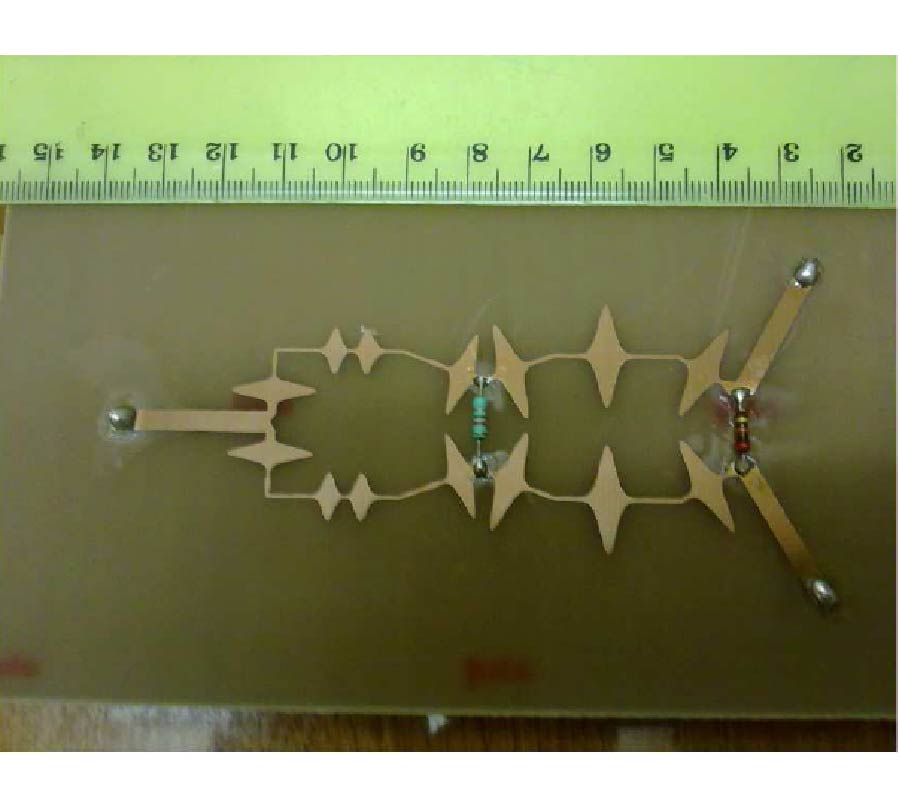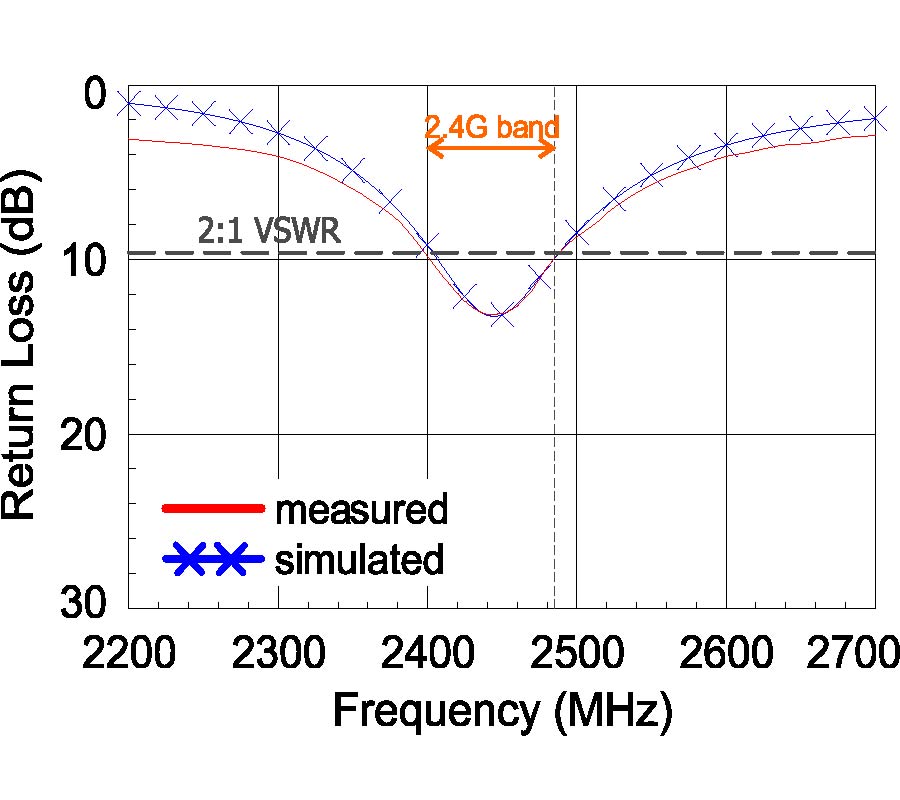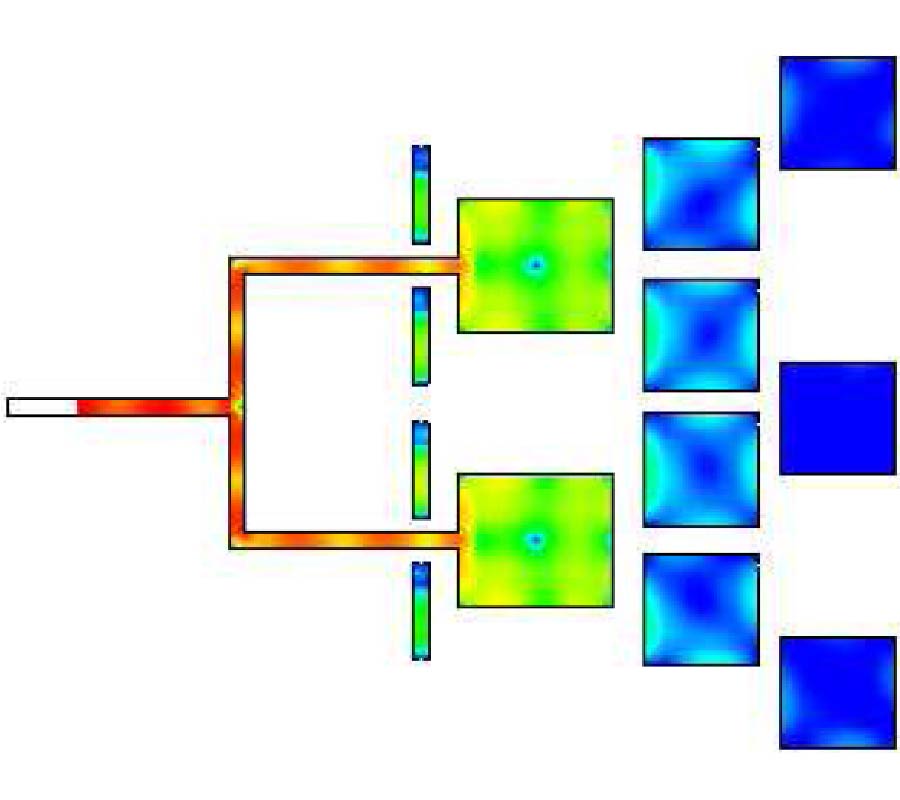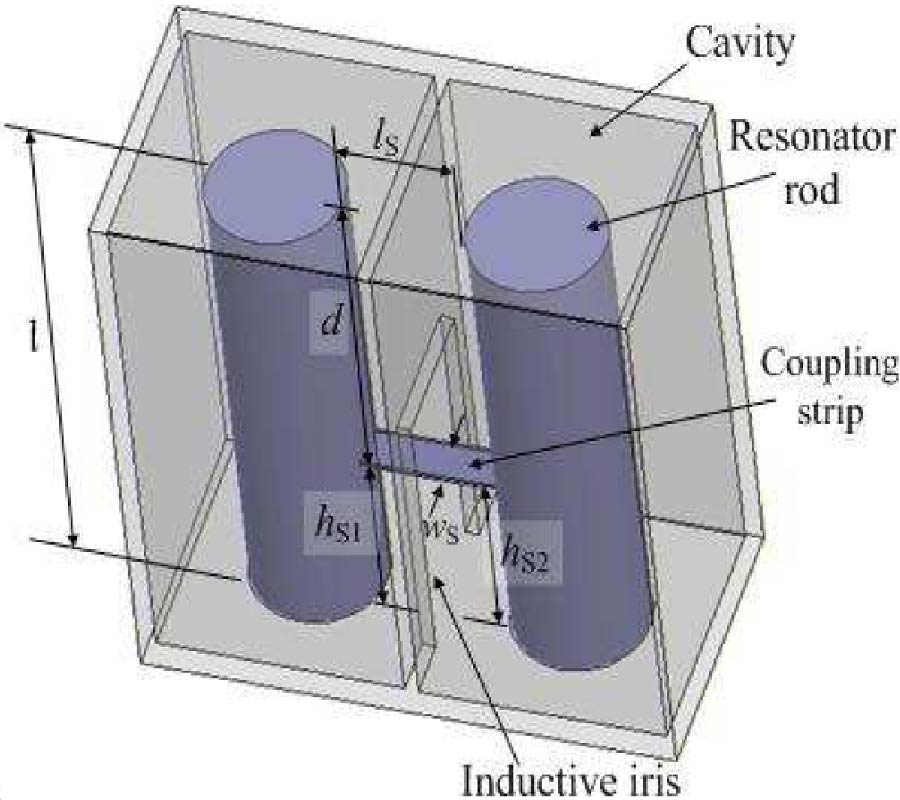Study on a Miniature UWB Wafer-Dipole Printed Antenna Fed by Balanced Micro-Strip Line
Shu Lin,
Run-Nan Cai,
Guan-Long Huang,
Xin-Yue Zhang,
Xing-Qi Zhang,
Li-Zhuo Wang and
Jin-Xiang Wang
A novel wafer-dipole printed antenna fed by balanced micro-strip line is proposed, and the adoption of the balanced micro-strip line can effectively solve the feeding problem of the UWB dipole antenna. The wafer-dipole and a branch of the balanced microstripline are printed on one side of FR-4 substrate (1mm thickness), and the later is connected to a wafer directly, while the other branch is printed on the back side of the substrate and connected the other wafer with a via-hole. The measured results show that the antenna impedance bandwidth is from 3.0 GHz to 15.0 GHz with VSWR < 2, and the ratio bandwidth is about 5:1. Moreover, the antenna size is just 40 mm×20 mm with simple structure, which is well suited for short-distance UWB communications.
